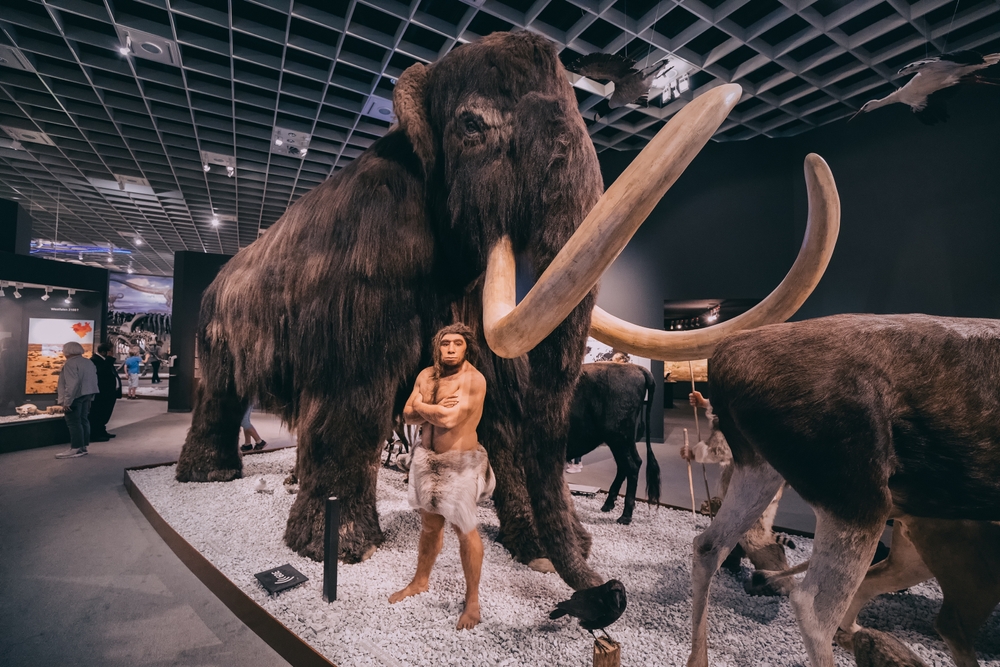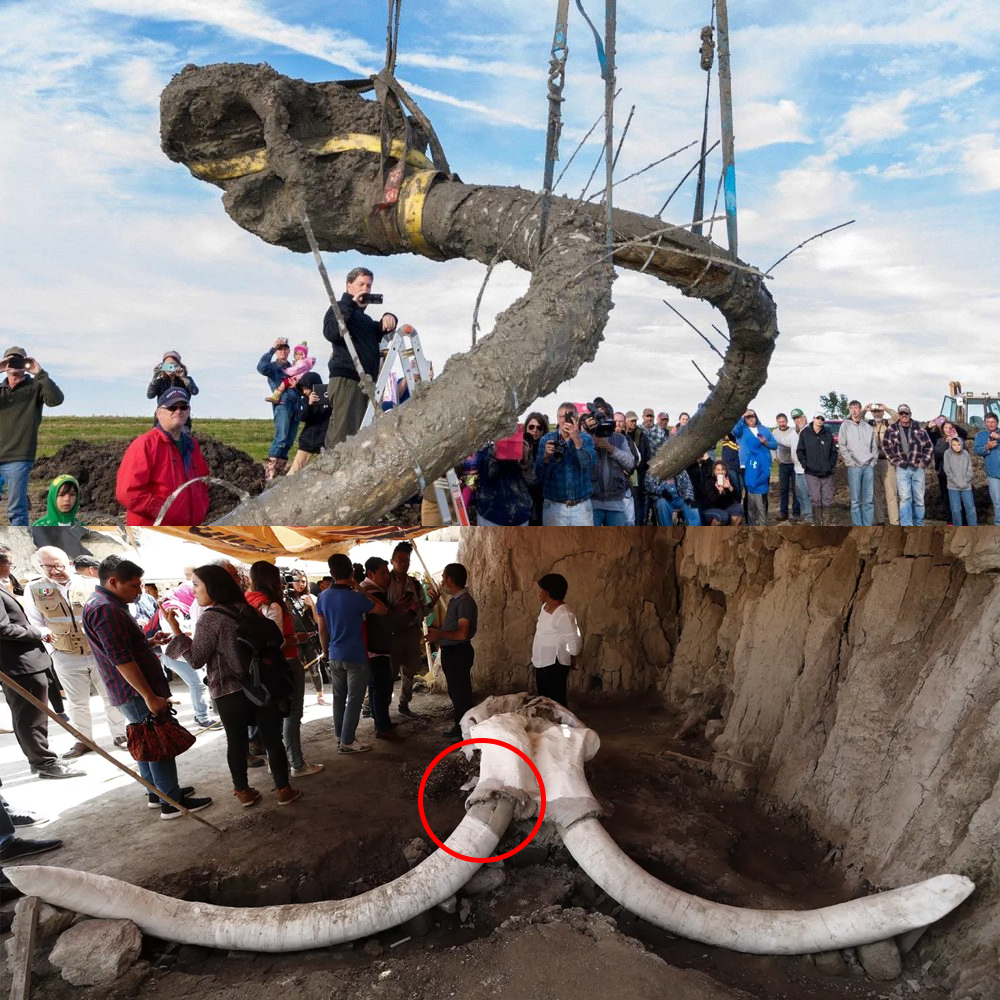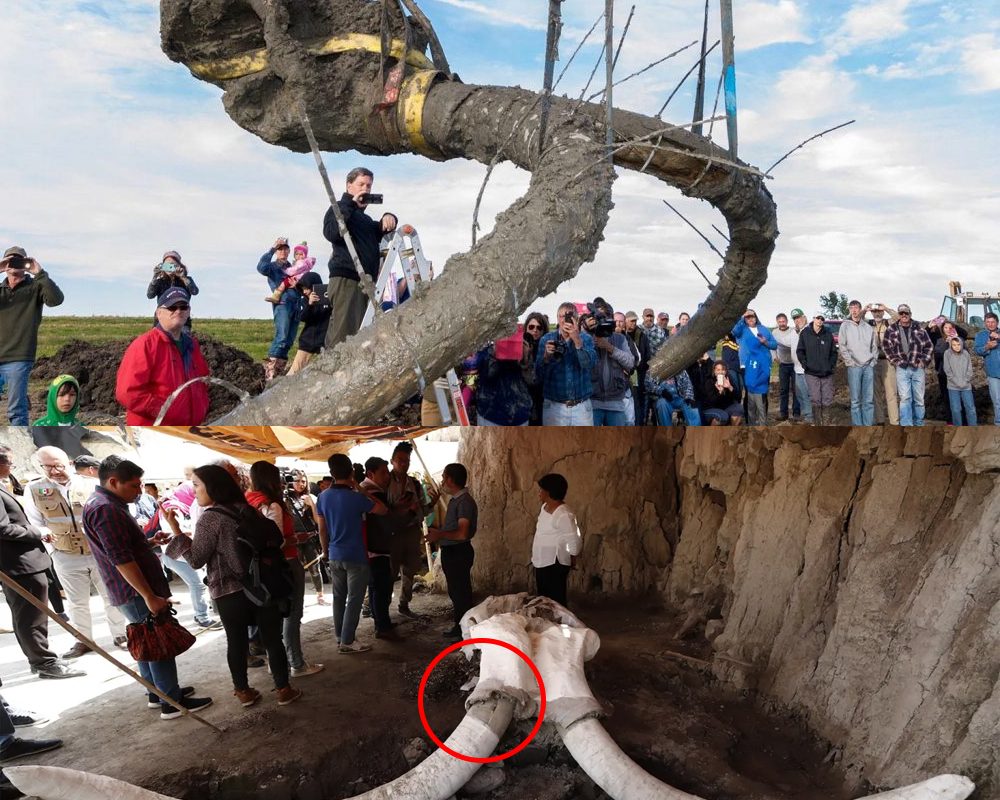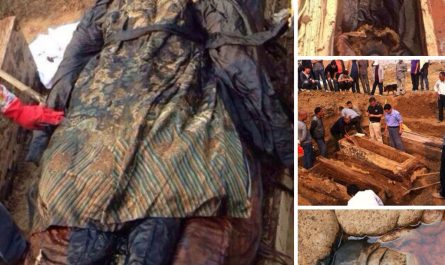In a remarkable archaeological breakthrough, scientists have discovered traces of early human activity on the remains of an ancient woolly mammoth, unearthed from the Siberian permafrost. This discovery includes stone tools and distinctive cut marks on the mammoth bones, strongly suggesting that early humans hunted and butchered these colossal creatures approximately 20,000 years ago, during the Last Glacial Maximum.
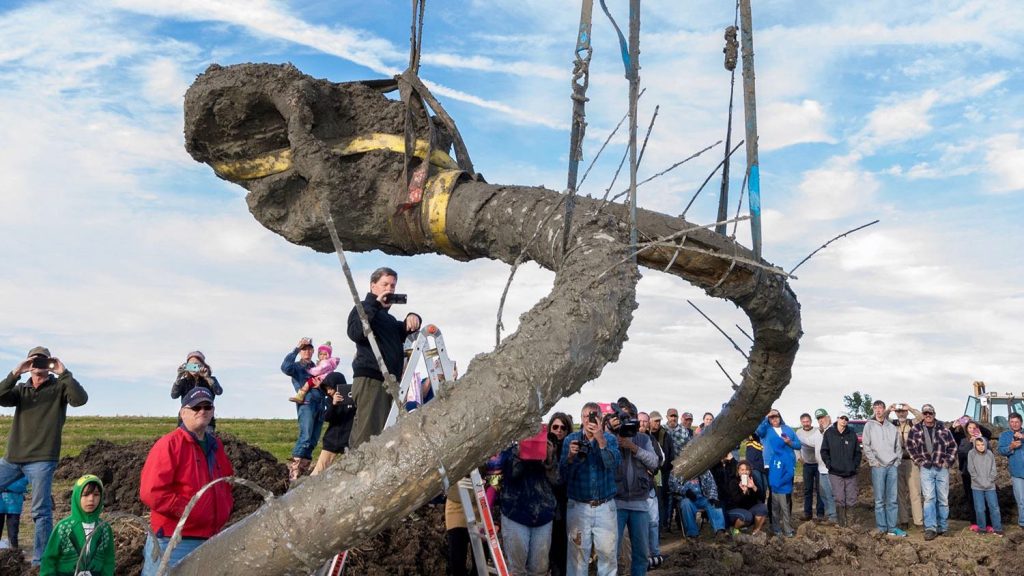
The stone tools found at the site, fashioned from flint and bone, exhibit sophisticated craftsmanship, indicating that early humans possessed advanced butchering skills and a profound understanding of mammoth anatomy. These tools, alongside the cut marks, provide concrete evidence that humans did not merely scavenge but actively hunted these enormous mammals.

Moreover, remnants of campfires near the mammoth remains point to the likelihood that humans established temporary encampments close to their hunting grounds. This implies a level of social organization and strategic planning, as successful mammoth hunting would have required coordinated group efforts.
This discovery enriches our knowledge of early human life, showcasing their ingenuity and adaptability in harsh climates. It also highlights the dynamic interaction between humans and megafauna, offering a glimpse into the survival strategies of our prehistoric ancestors. This finding not only deepens our understanding of human history but also underscores the sophisticated capabilities of early human societies.
